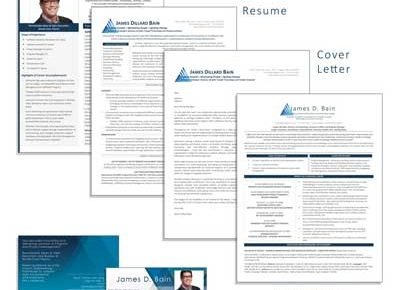Is transitioning to a new career in your future? If so, you’re not alone. Statistics show the average person changes job 12 times during his or her career with many spending five years or less in each role (4.3 years for men and 4.0 years for women).
When you’re ready to take the next step in your career, these 5 steps will help you make a smooth transition.
Know Your ‘Why’
Why have you decided to transition to a new role? Is the reason beyond your control (your company was sold or closed?) or a more personal reason (more of a work/life balance issue or seeking a more challenging position)?
Take the time to pinpoint your reason for making a career transition so you will be able to confidently convey your reasoning in an interview. If it is a work/life balance issue, make sure your answer is focused on value and not a laundry list of wants. (i.e. less hours, less stress, less travel.) These may be things that you ultimately desire but will not be of value to a new employer.
Create a Roadmap to Find Alignment
Now that you’ve defined your why, it is time to determine the steps you will need to take to close the gap between where you are now and where you want to be.
Target Audience + Organization’s Pain Points + Your Skills, Experience = Alignment
Companies hire people to execute solutions that solve problems. To transition into a new role faster, you will need to establish yourself as subject matter expert in your chosen field and the first step is defining your target audience.
What companies intrigue you? What role (title) are you pursuing? What challenges does someone in the same role (position) face? What challenges is your target company facing? How are you qualified to overcome such challenges?
The answers to these questions will help you find alignment.
Repackage Your Experience
When crafting your resume, translate your skills, experience, and successes into value stories that resonate with your target audience. Resist sharing everything you’ve done and focus on sharing specific achievements and qualifications that showcase how you are the answer your next employer’s needs. Provide your audience with proof that you can deliver the solutions they are seeking.
Taking a Step Back? Be Prepared to Address Concerns
Now more than ever companies understand that not every career path is linear. That said, hiring authorities still proceed with caution when an individual is making a downward (less responsibility) transition. For the most part, a step back in your career equates to less responsibility and a lower salary. To help overcome the employer’s concerns, you need to be able to fully articulate your reasoning and offer reassurance that you are 100% ready to make the shift and fully committed to being part of a team rather than CEO.
Look to Your Network
Look to your existing network to find new opportunities and/or more about companies you’ve targeted and their culture. LinkedIn is a great place to make connections, research companies, and unearth new opportunities. Networking (online and off) is a critical component of today’s modern job search so tap into your network of contacts!
Careful planning and an accomplishment-focused resume, cover letter, and LinkedIn profile will help you get noticed and transition into a new role faster.



